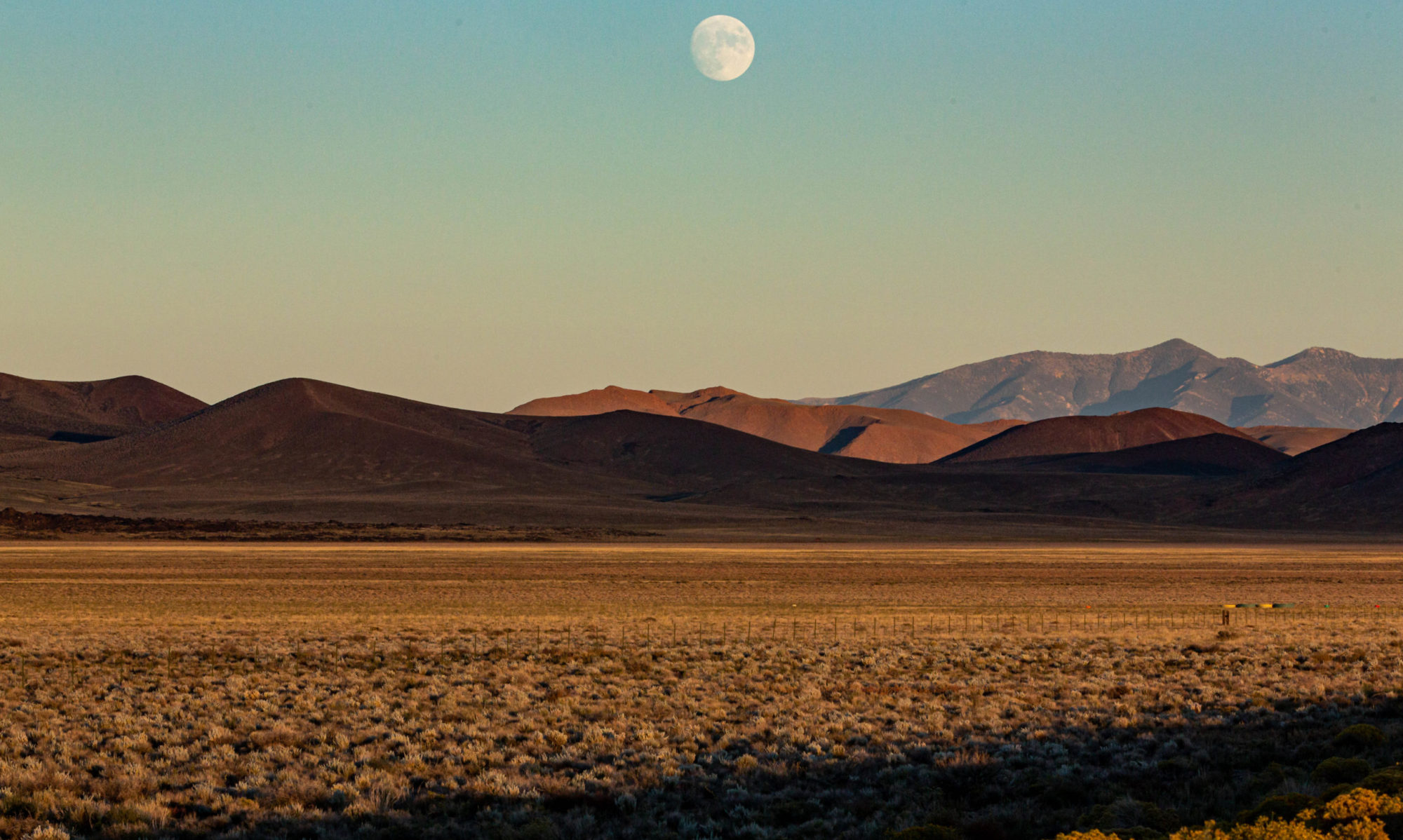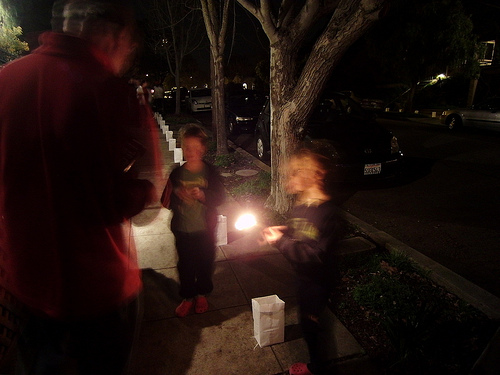A dry summer, and then comes the fall
Which I depend on most of all.
Hey rainmaker can you hear the call?
Please let these crops grow tall.
—The Band, “King Harvest”
We had some rain overnight–just enough to keep the dust down, if there had been any dust (we did have plenty of crap in the air, though: a miasma of car exhaust, smoke, and other metropolitan exhalations that led the regional air district to ban wood fires for four days in a row). The “storm” total in San Francisco for the rain that started falling last night is .04 of an inch–four-hundredths–and according to the National Weather Service is the first rain since we got .21 of an inch on Thanksgiving.
Meantime, continuing my claim to be the first in my neighborhood to express precipitation anxiety this year, the state Department of Water Resources and its California Data Exchange Center are out with their latest summary of hydrologic conditions for the state. Here’s my summary of their summary: November 2010 was wet, November 2011 was dry. Or in the summary’s own machete-proof prose:
On November 30, the Northern Sierra 8-Station Precipitation Index Water Year total was 6.5 inches, which is about 70 percent of the seasonal average to date and 13 percent of an average water year (50.0 inches). During November, the total precipitation for the 8-Stations was 2.6 inches, which is about 41 percent of the monthly average. Last year on November 30, the seasonal total for the 8-Stations was 15.5 inches, or about 167 percent of average for the date. On November 30, the San Joaquin 5-Station Precipitation Index Water Year total was 4.0 inches, which is about 59 percent of the seasonal average to date and 10 percent of an average water year (40.8 inches). During November, the total precipitation for the 5-Stations was 1.5 inches, or about 32 percent of the monthly average. Last year on November 30, the seasonal total for the 5-Stations to date was 14.4 inches, or about 212 percent of average for the date.
Of course, one or two good drenchings will make all this early-season anxiousness go away.
Related:
It’s December. Do You Know Where Your Rain Is?
KQED: California Reservoir Watch
Like this:
Like Loading...


